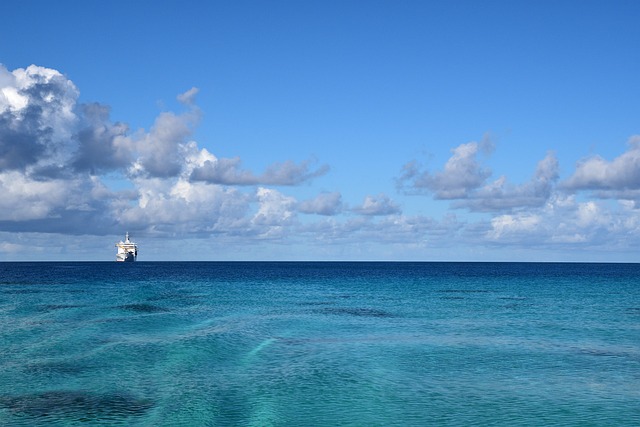 Back to Home
Back to Home
 Home >
News >
IP Academy >
[IP Academy] Enterprises must know when going overseas: the three golden rules of overseas trademark layout
Home >
News >
IP Academy >
[IP Academy] Enterprises must know when going overseas: the three golden rules of overseas trademark layout
 2025-05-20
2025-05-20
In a globalized business environment, a well-planned trademark strategy can often become an "escort ship" for enterprises to go overseas. Based on years of practical experience, Cairtop's intellectual property expert team has summarized the three core strategies of overseas trademark layout to help enterprises avoid risks and enhance brand value.
Geographical selection needs to follow the principle of "the market is not moving, the trademark comes first". It is recommended that enterprises submit applications at least 12 months before the launch of products in the target market, with priority covering core sales areas and manufacturing bases. It is particularly noteworthy that some countries have adopted the principle of "first use", such as the United States and Canada, and enterprises need to do a good job of retaining evidence of use in advance. The classification strategy focuses on "precise coverage and moderate expansion", and in addition to the core product categories, it should also consider related categories and possible business areas in the future. The data shows that on average, MNEs register in 3.2 relevant categories, which can effectively reduce the risk of being preemptively registered.
In terms of application path selection, enterprises can advance through a combination of different methods such as single national registration, EU trademark system or Madrid international registration. Among them, the Madrid System can cover 128 member states, and a single application can achieve multi-country protection, which is significantly more cost-effective. According to a recent case of a new energy vehicle brand handled by Cairtop, the total cost of deploying 30 countries through the Madrid System is about 40% lower than that of a single country application, and the examination period is shortened by 25%.
It is worth noting that there are significant differences in the standards of review in different jurisdictions. For example, countries in the Middle East generally have strict requirements for Arabic translations, while Southeast Asian countries are more concerned about the adaptation of trademarks to local cultures. Cairtopo recommends that enterprises establish a dynamic monitoring mechanism and initiate trademark search and risk assessment 6 months before opening up a new market to avoid registration failures due to cultural differences. With the improvement of global awareness of trademark protection, advance layout has become a compulsory course in the process of enterprise internationalization.